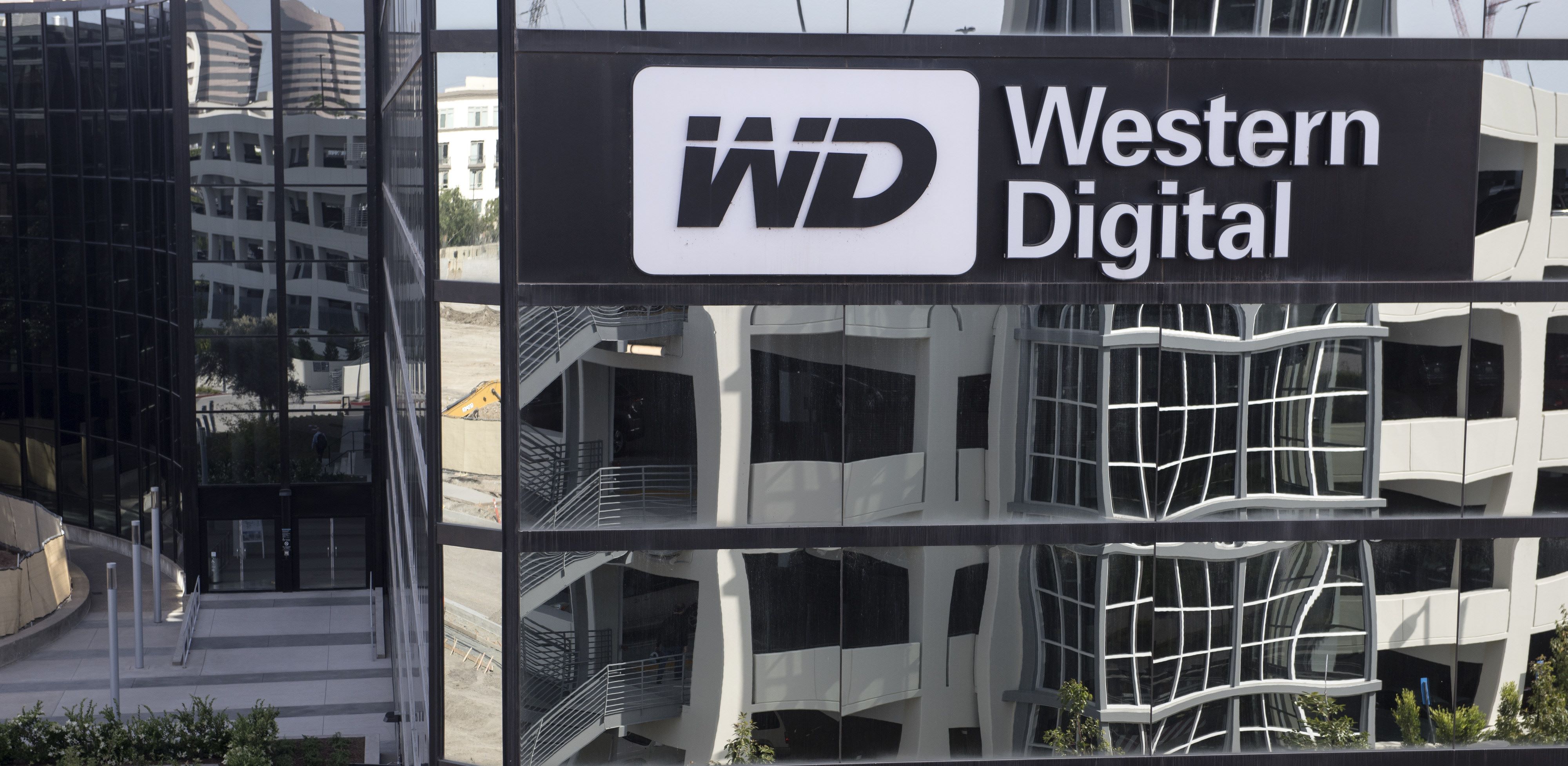With demand for high capacity storage and faster transfer rates, solid state drives have emerged as the leading solution to fast data storage. However, "high capacity" would not generally be used to describe consumer grade solid state drives or other devices using flash memory.
Western Digital has announced a breakthrough allowing a 50% increase in 3D NAND flash density. The current generation of chips have a density of 512 gigabits per chip with three bits of data per cell compared to the next generation BiCS3 X4 architecture which will have 768 gigabits per chip along with four bits per cell.
In contrast between the current and next generation memory, an additional 32 layers of cells will eventually be added to the NAND chips as the new architecture matures, raising the number of layers from 64 to 96.
Consumer grade products with flash memory are still relatively expensive compared to traditional hard drives and are not likely have a rapid decline in price anytime soon, but Western Digital is promising to show off new removable storage devices and new solid state drives using BiCS3 X4 technology in August at Flash Memory Summit in Santa Clara, California.
It is nice to know that faster and higher capacity storage is advancing quickly, but do consumers need and want to pay for the performance? For data centers and enterprise users, it seems that the sky is the limit for how much storage is needed and how much is willing to be paid to have data accessible near instantaneously. How much fast storage do you need on a regular basis?
